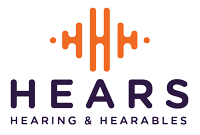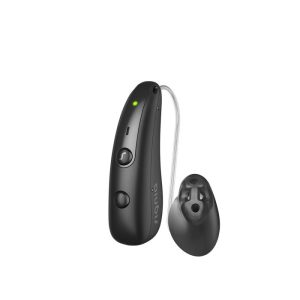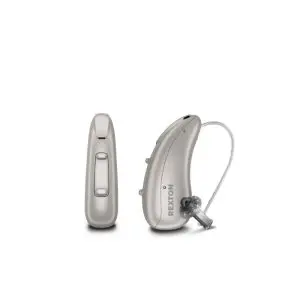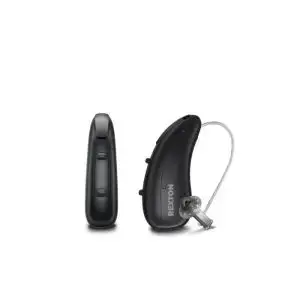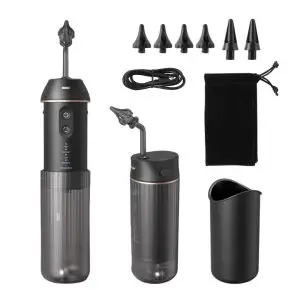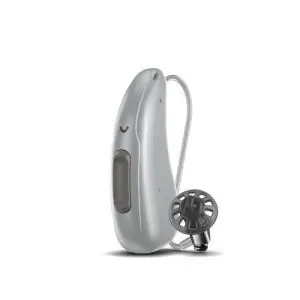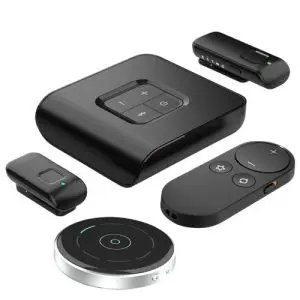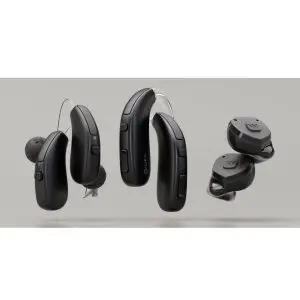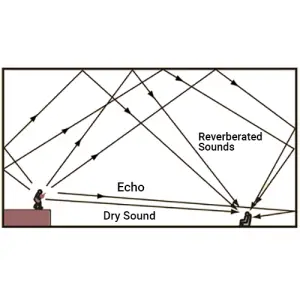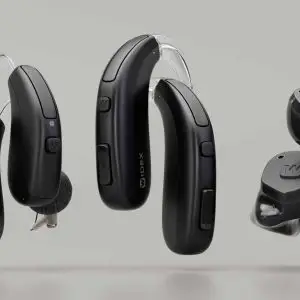Where’s That Sound Coming From? The Marvel (and Mystery) of Hearing Localization
Imagine you’re walking through a park, coffee in hand, when suddenly you hear a dog bark. You instinctively turn your head—no hesitation, no conscious thought. You know exactly where that bark came from. That everyday magic is called hearing localization, and it’s one of the unsung marvels of our auditory system.
So What Is Hearing Localization?
In a nutshell, hearing localization is your brain’s way of figuring out where sounds originate. It’s how you know whether that honk came from behind you, to the left, or right in front. Our ears and brain form a dynamic duo that interprets sound direction using:
- Interaural Time Differences (ITD): Your brain calculates the time it takes for a sound to reach each ear. A sound on your right side will hit your right ear microseconds before the left.
- Interaural Level Differences (ILD): Sounds are often louder in the ear that’s closer to the source. Your brain picks up on those subtle changes in volume.
- Pinna Effects and Spectral Cues: The shape of your outer ear modifies incoming sound in a way that gives vertical and front-back cues. It’s like your personal acoustic fingerprint!
Together, these mechanisms create a 3D auditory map of the world around us.
Real-World Examples of Localization at Work
Localization is more than just a neat party trick. It’s crucial for everyday life:
- Safety: Identifying where a car is coming from before crossing the street.
- Social Interaction: Turning toward the person who just called your name in a crowded room.
- Enjoyment: Immersing yourself in a surround-sound concert or movie.
And then there’s the sublime: listening to birds chirp in the trees, knowing which tree to look at.
But What If You Only Have One Good Ear?
Now here’s where things get tricky. Individuals with hearing in only one ear, a condition called single-sided deafness (SSD), face unique challenges. Without both ears to compare sound timing and volume, localization becomes more difficult. Many people with SSD often report feeling “directionally disoriented.”
That said, the human brain is nothing if not adaptable. People with SSD often learn to use head movements and visual cues to compensate. They become highly attuned to subtle environmental details that others might overlook. Technology can help too: CROS hearing aids and bone conduction implants can assist in routing sound from the deaf side to the hearing ear.
Symmetrical Hearing Loss and Localization
What about those with symmetrical hearing loss in both ears—when hearing levels are reduced equally on both sides? Localization can still be affected, especially if the hearing loss is moderate to severe. Even though both ears are involved, the degraded input can diminish the brain’s ability to detect the subtle timing and level differences necessary for accurate localization. This becomes particularly problematic in complex listening environments like noisy restaurants or bustling streets. Fitting hearing aids in both ears helps restore these critical cues, allowing the auditory system to make better spatial judgments. While the localization ability might not be fully restored to normal, it can be significantly improved when both ears receive balanced amplification.
Why Two Hearing Aids Are Better Than One
A common question people ask audiologists is, “Why do I need two hearing aids if I can hear a little with one ear?” The answer lies in the way our brain processes sound direction and speech clarity.
When both ears are fitted with hearing aids, it restores the brain’s ability to use binaural hearing — hearing with two ears. This significantly improves localization. If you only amplify one ear, the brain doesn’t receive the crucial differences in timing and loudness that help determine where sounds are coming from. It’s like trying to watch a 3D movie with one lens missing.
But that’s not all. Binaural hearing also plays a major role in helping us hear better in noisy environments. This is known as the cocktail party effect: your ability to focus on one voice amid background chatter. With two ears working together, your brain can better suppress background noise and zero in on speech. One hearing aid simply can’t perform that sophisticated filtering as effectively.
So, when professionals recommend two hearing aids, it isn’t just about louder sound—it’s about restoring spatial hearing and improving communication in real-world, noisy environments.
A Little Original Thought: Embracing the Third Dimension
Most people take for granted that they live in a three-dimensional world of sound. Yet when you stop and reflect, it’s awe-inspiring. Sound is one of the few senses that can envelope you entirely. It creates intimacy, urgency, and presence.
But there’s more to explore. What if we started designing public spaces with localization in mind? Or used AI to help people with SSD “map” sound through haptic feedback? The future of hearing isn’t just louder—it’s smarter.
Wrapping It Up
Hearing localization is one of those invisible superpowers we all have (or can adapt to using). Whether you’re enjoying a concert, avoiding danger, or finding a friend in a crowd, your brain is doing some pretty amazing geometry.
So the next time you turn your head because you heard something, give a silent thanks to your ears. They’re doing a lot more math than you think.
Author Bio: Kim Fishman is a hearing health advocate and audiologist at Hears Hearing & Hearables. She’s passionate about making sound more accessible, understandable, and inspiring, one ear at a time! 🙂
